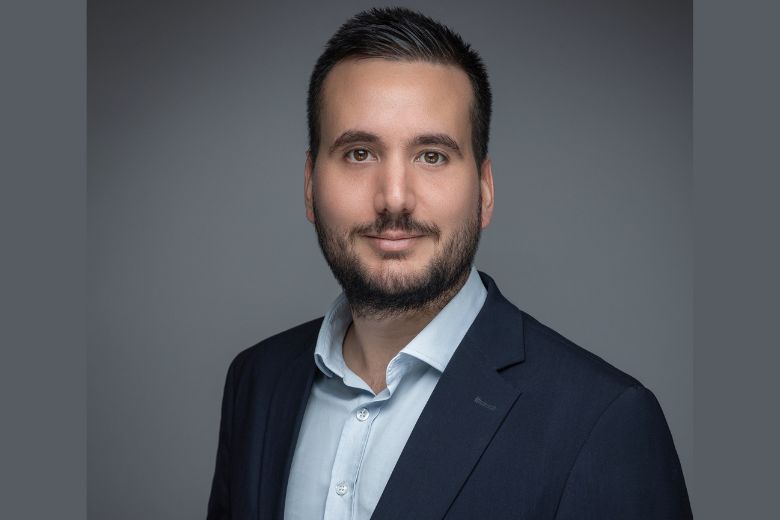By Jais Adam Troian, Assistant Professor at Heriot-Watt University Dubai
In today’s information-saturated world, critical thinking is more essential than ever. Contrary to widespread conceptions, critical thinking is not about intelligence or creativity but rather a structured way of assessing information to form well-grounded judgments.
Unlike intelligence, which reflects cognitive capacity, problem-solving ability, and memory, critical thinking applies reasoning processes to evaluate and synthesise information effectively. Intelligence may provide the raw computational power, but without critical thinking, even the most intelligent individuals can fall prey to biases, misinformation, or faulty logic. Similarly, creativity is the ability to generate novel ideas, think divergently, and find innovative solutions to problems. In contrast, critical thinking is more about systematically evaluating the validity of information and reasoning through problems.

According to education researchers, critical thinking is sorting and qualifying available information. It is a skill set that includes analytical reasoning—the capability to dissect complex issues logically—scientific literacy, which ensures an understanding of empirical evidence and research methods, and soft skills such as intellectual humility. Intellectual humility is particularly important as it involves acknowledging one’s limitations and being willing to revise beliefs considering new, credible evidence. Unlike intelligence or creativity alone, critical thinking enables individuals to navigate the complexities of the modern information environment, question assumptions, and make reasoned decisions based on sound evidence.
Critical thinking is a fundamental skill in the modern age, where young people spend significant time online and are constantly exposed to a mix of credible and misleading information. Research aggregating studies over decades and more than 30,000 people across the globe underscores how critical thinking safeguards against misinformation and conspiracy theories. Individuals who engage in reflective, analytical thought are less susceptible to false narratives and are better equipped to discern truth from deception. This has real-world implications: a recent study on breast cancer patients using herbal medicine instead of evidence-based treatments found a 15-20 per cent reduction in survival rates. In other words, misinformation can have life-threatening consequences, making critical thinking a vital skill for intellectual rigour and survival. Beyond personal well-being, critical thinking is also one of the most sought-after skills in the job market. In the UAE and across the GCC, employers increasingly value candidates who can analyse data, solve complex problems, and adapt to rapidly changing environments. A survey by the World Economic Forum highlights critical thinking as a top competency for future job readiness.
Given its importance, the question arises: how can critical thinking be effectively taught in schools? Recent educational interventions provide promising answers. In a study conducted in France with my colleagues, we demonstrated the effectiveness of structured critical thinking courses in reducing belief in conspiracy theories and pseudoscience among secondary school students. Our eight-hour program was designed to foster reasoning, intellectual humility, and scientific literacy. The curriculum included classroom debates, where students learned to identify rhetorical fallacies, workshops on detecting fake news, and hands-on sessions for analysing data and interpreting graphs. Crucially, the intervention encouraged students to distinguish between science and pseudoscience, equipping them with tools to assess claims they encounter online critically and in daily life.
Critical thinking education does not need to be dry or overly academic. Gamified learning tools can make it engaging and impactful. For instance, the Bad News Game, developed by researchers at Cambridge, immerses players in the role of a misinformation spreader, teaching them to recognise deceptive tactics in real life. This interactive approach has been shown to build resilience against misinformation more effectively than traditional fact-checking.
Incorporating critical thinking into K-12 education is not just an academic exercise but a necessary investment in the future. As young people navigate an increasingly complex digital landscape, the ability to think critically will empower them to make informed decisions, resist manipulation, and contribute meaningfully to society. Schools, educators, and policymakers must prioritise this skill, ensuring that the next generation is equipped with the tools to separate fact from fiction. By nurturing critical thinking from an early age, we can build a more discerning, resilient, and informed society that thrives on reason, evidence, and open inquiry.
To find out more about Heriot-Watt University Dubai,
Follow us on social media.





